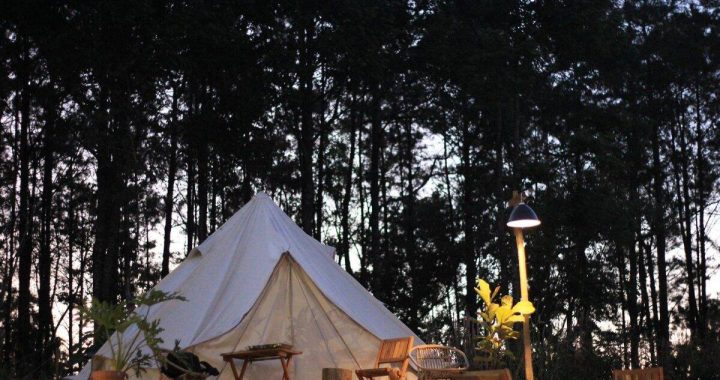A home builder with a unique design could make spaces calm and comfortable for the daily routine. They shape layouts that feel natural and easy to use. Their work blends comfort with flow. Each feature is carefully selected allowing for a smooth flow through every room. Custom home builders aim to offer pleasant living and smooth routines. They include useful details that feel comfortable and practical. A creator who’s a luxury one enhances these concepts with sophisticated touches that are suited to a wide range of preferences. Luxury home builders shape peaceful spaces that are designed with a balanced style. Their aim is always to blend comfort and convenience all in a single easy plan that is maintained with a constant hand. Custom home builders walk you through each step with steady support. They design clear steps which make it simple to follow. They organize everything. This eases stress and makes the process enjoyable. A custom home builder will tune in to your needs and develops simple paths to follow. They adapt plans to support flexibility that accommodates different lifestyles. A creator who’s a luxury one adds polished elements that feel well-made. Are you searching about custom home builder in Greenville SC? Head to the previously outlined website.
Builders of luxury homes also add thoughtful additions that raise the amount of comfort. Every option is designed to make living easier, more smooth, and more fun by ensuring a calm, balanced plan. A creator who’s specialized in customizing homes focuses on everyday ease. They design layouts that encourage peaceful mornings and relaxing evenings. Their designs could be shaped to produce wide areas or smaller spaces while maintaining the same level of care. Custom home builders use simple concepts that enhance movement as well as comfort during the day. A lavish home builder introduces refined layers of materials that feel elegant. Designers of luxury homes typically use soft elements that combine style and use. The result is warm surroundings that feel complete. Both roles are intended for creating environments that function well and feel pleasant. Their method of comfort is complemented by providing soft features and a sturdy smooth, clean structure. Custom home builders offer useful advice that helps shape clear plans. They will explore the many options to increase comfort. They feature simple solutions to improve your convenience. A creator who’s custom-designed can combine all choices into one steady path.
Custom home builders may also be able to support flexible designs that have the ability to adapt. A home builder with a lavish design adds the finest touches to everyday features. Designers of luxury homes use well-balanced finishes that feel soft and timeless. These touches improve your comfort and ease without adding any pressure. Their work blends a peaceful ambiance with simple design, creating spaces that are conducive to peace and tranquil moments by having an enjoyable flow. A custom home builder builds spaces with thoughtful design. Custom home builders appreciate the importance of calm layouts to assist you relax on days. Their work provides comfort with clearly presented plans and straightforward features. Luxury home builders design elegant spaces, with beautiful features. Luxury home builders employ subtle ideas to increase comfort and ease. Their work combines harmony, the total amount of the work, as well as a soft and elegant style. Both roles share desire to of creating homes that are natural to use. Their combination of skills helps form environments that are supportive and inviting for the long term with a focus on comfort, simplicity and long-lasting ease in daily life.








